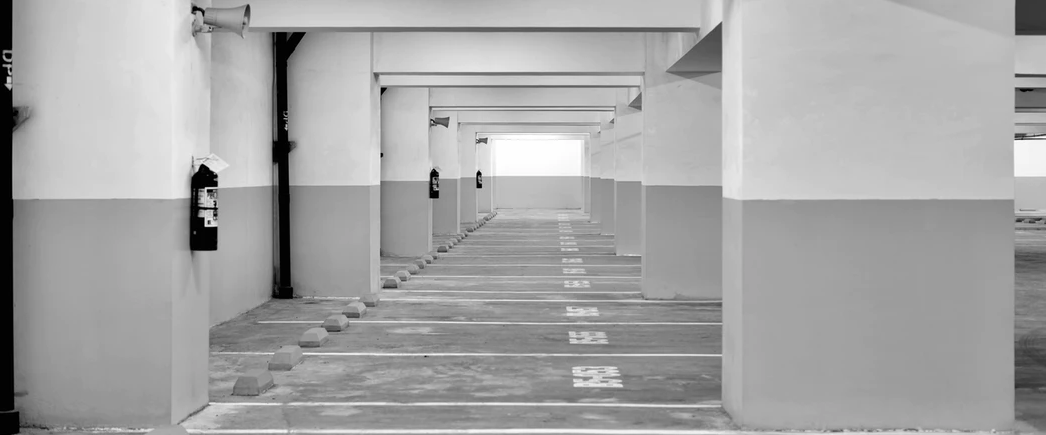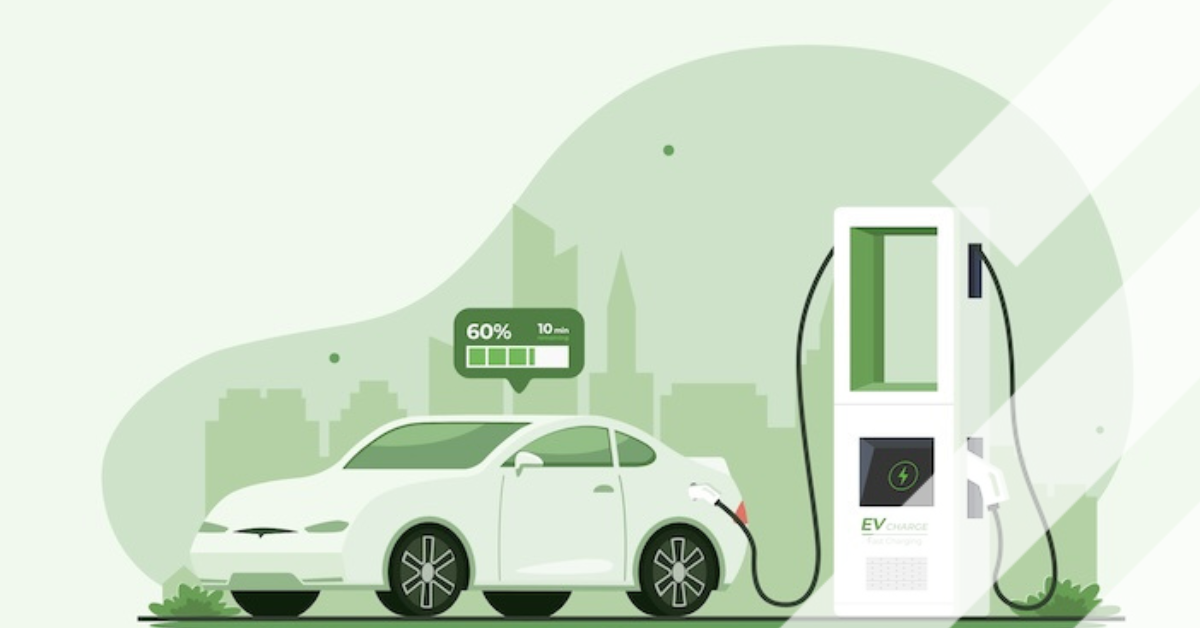Parking and property – How to manage a car park in a smart way
A desired effect in the overall development of the urban mobility and infrastructure is to have more sustainable and smart travel. Cities have therefore been working hard to make cars less attractive in multiple ways, for example, by making cities less car-friendly, parking more expensive and in some cases even get rid of the parking spots on the streets. But even off-street, new properties are no longer required to have a minimum amount of parking spots (e.g. 1 per resident). This has resulted in fewer off-street parking spots being built for private and company properties in recent years. This is worrying for property investors: How is all this change manageable?
At this moment, having fewer parking spots at a property makes it less attractive to invest in a property. The main concern is that it will be difficult to fill up the property; the investor worries that his property is thought to be considered less attractive for buyers, companies and renters because they will not have their own private spot. The assumption is that too many people would still like to own a car and that the parking pressure of the fewer spots will be a problem which the property investors would have to manage.
Over the last couple of years, it has actually become less desired to own a car. In the Netherlands half of the car owners would be willing to give up their car by 2025. Finland's goal is to make private car ownership unnecessary for any resident by 2025. Livability and sustainability are at the forefront of this age and one of the goals in the future is to have fewer cars or at least more sustainable travel. Having fewer parking spots contributes to lessening the desire of owning a car.
It is crucial to work together with these property investors and to inform them properly about the optimal use of their parking spots and the rise in sustainability. Managing the spots does not have to be a problem if the parking is managed in a smart and sustainable way which is considered attractive enough for buyers, companies and renters of the property.
Less Car Owners
Let’s tackle the main worry first: will people not rent/buy a property because they prefer to own a car? It seems that is not the case, if people have their own car spot, they are more inclined to get a car. Not having a parking spot, simply makes them less inclined to own a car, especially if other means of transport are available. Therefore a property investor should consider which other transportation options could connect his property and make it attractive even if you do not own a car.
A good option is public transportation and transport to public transportation. Bikes could be a good solution as means to travel to public transport or even travel to a final destination. As a property investor, it is smart to dedicate a section of the parking to bikes. Quite a lot of bikes fit in one parking spot and can accommodate a lot more of the possible renters/buyers than if it was used to accommodate a single car.
Another good option is to have shared cars stalled in the parking. Shared cars can be reserved and used by all residents of the building. If shared cars are available, there is less need for owning a car.
Furthermore, as a property owner you could consider making your residents aware of the option of carpooling or ride-sharing through real-time smart mobility apps (Mobility as a Service).
Electric Vehicles
Electric car deployment has been growing rapidly over the past ten years, with the global stock of electric passenger cars passing 5 million in 2018, an increase of 63% from the previous year. By 2040 this number is expected to be 320 million worldwide. This rise asks for sufficient electric charger stations. EV chargers will become essential facilities for a parking garage and should not be forsaken. A property investor can even let renters pay for the charging of the EV, which will keep the EV parked on these spots only when necessary. This could result in efficient use of parking spots.
Parking management
All these new modes of transport ask for an efficient parking management. Working together with parking management and reservation systems could make a difference. This can make sure less spots are occupied unnecessarily too long. Smart parking solutions automatically manage the parking entrance and exit by using real time data through the use of IoT (Internet of Things). By using real time data, it can be held into account how many cars will most likely park and how many spots are/can still be reserved.
Another thing to consider is automation of the carpark. Automatic parking is an car-maneuvering system that moves a vehicle from the entrance into a parking spot to perform parallel, perpendicular, or angle parking. This is relatively new and can be quite an investment.

Sharing the parking
Whether it is a big parking lot or not; in most cases the parking garage is not full. A beneficial solution is to manage and track the empty spots through IoT and perhaps even rent out the spots on moments when they are empty. Renting out the spots to non-residents could improve the mobility flow of the city. Less people will have to spend time searching for an on-street spot plus it could even result in extra revenue.
To give an example of such a partnership, let’s take a look at the RAI Amsterdam Convention Centre. At the RAI most people who park will go to a convention, which means that on certain days and times, the parking garage can be quite empty. To optimize their parking and revenue, the RAI rents out some empty spots through the Mobypark platform and offers some other spots as a Park+Ride to even further improve the mobility flow of the city. With Park+Ride people can park the car at RAI and connect to public transport into the city centre. And RAI even offers empty spots to the social initiative Heen & Weer, a mobility service for elderly.
Smart sustainable solutions for optimizing a carpark can actually make the property even more attractive, than simply having an empty inefficient parking lot. Not only could this increase own revenue, it also contributes to the environment and imensely helps the mobility flow of the city.
Share your story
Do you have an innovation, research results or an other interesting topic you would like to share with the professionals in the infrastructure, traffic management, safety, smart mobility and parking industry? The Intertraffic website and social media channels are a great platform to showcase your stories!
Please contact our Sr Brand Marketing Manager Carola Jansen-Young.
Are you an Intertraffic exhibitor?
Make sure you add your latest press releases to your Company Profile in the Exhibitor Portal for free exposure.
Get up to speed on the mobility industry - our newsletter straight to your inbox!


